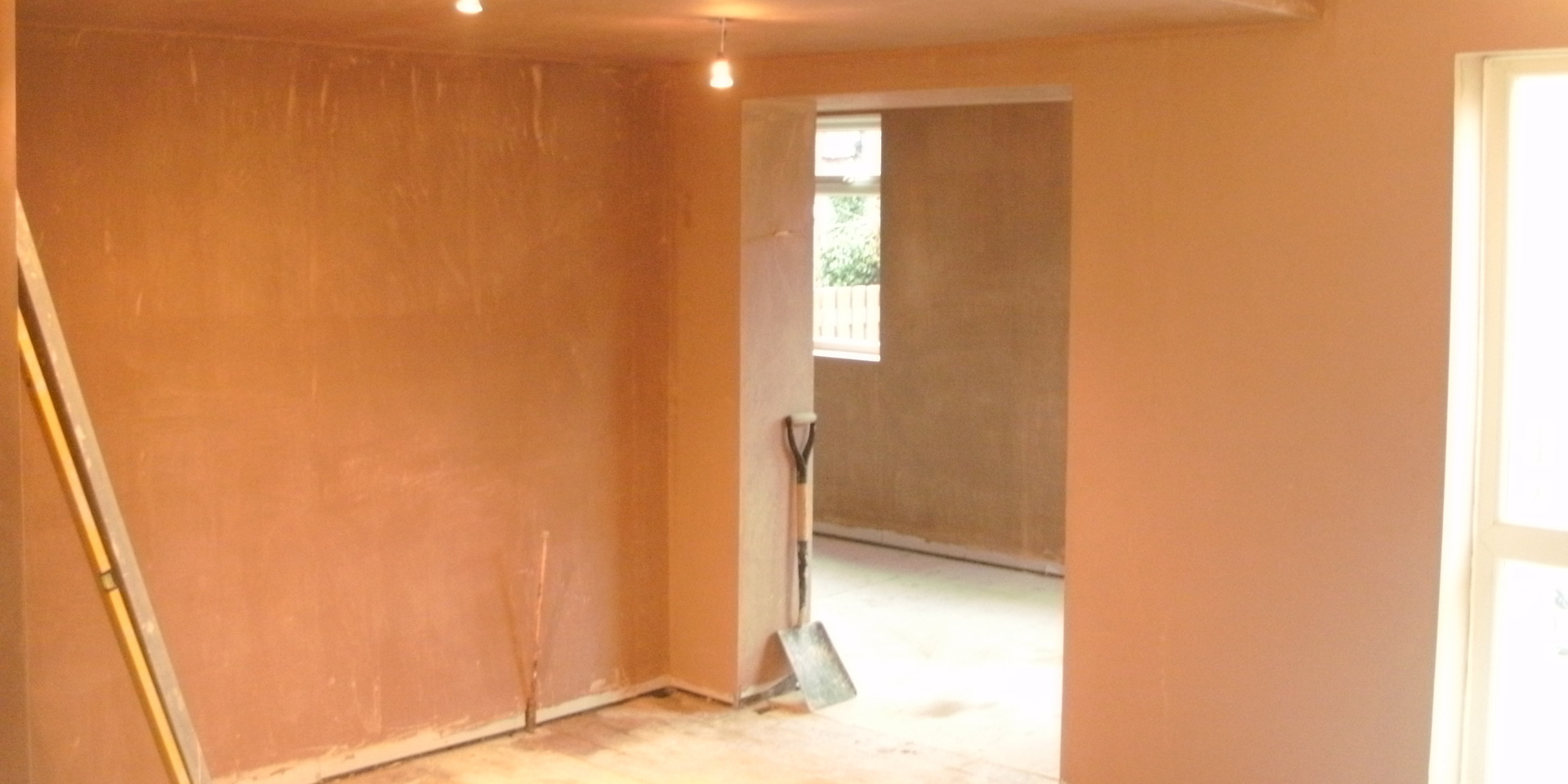Ornamental Plastering: Include Special Touches to Your Home's Interior
Ornamental Plastering: Include Special Touches to Your Home's Interior
Blog Article
A Comprehensive Guide to Learning Plastering Skills for Your Renovation Demands

Necessary Devices and Materials
Various essential tools serve unique purposes, making sure performance and accuracy throughout the smudging process. A high-quality trowel, for circumstances, is important for smoothing and applying plaster, while a hawk supplies a stable platform for holding the material.
In enhancement to devices, picking the appropriate plastering products is important. Gypsum-based plasters are generally chosen for their adaptability and simplicity of usage, while cement-based alternatives are excellent for outside applications because of their toughness. Water and bonding representatives play considerable functions in attaining appropriate consistency and adhesion, making sure that the plaster adheres successfully to the surface area.
Additionally, safety gear such as masks, safety glasses, and handwear covers is necessary to safeguard versus dirt and inflammation throughout the application procedure. By setting up the ideal mix of materials and tools, plasterers can boost their ability and generate top notch surfaces, eventually raising the total workmanship of their job.
Preparing Surfaces for Plastering
Accomplishing a smooth and long lasting plaster coating begins with meticulous prep work of the surfaces to be glued. This foundational action is important to ensuring attachment and the longevity of the plaster. Beginning by evaluating the condition of the substratum-- whether it is concrete, drywall, or masonry-- getting rid of any loose paint, dirt, or debris that may hinder bonding.
Following, fix any kind of flaws such as splits or holes. Use an appropriate filler to achieve a degree surface area; this can be essential for stopping future problems. As soon as fixed, make sure the surface is dry and tidy, as moisture can endanger plaster adherence.
For permeable surfaces, it is suggested to apply a bonding representative. This item boosts attachment and develops a trustworthy user interface in between the plaster and substratum. If working with formerly plastered surface areas, it may be necessary to mess up or sand the area gently to give a secret for the brand-new plaster layer.
Plastering Strategies and Tips
Understanding gluing strategies needs both skill and method to accomplish a flawless finish. One crucial strategy is the application of the plaster in multiple thin layers, as opposed to a solitary thick coat. This approach allows for far better bond and reduces the risk of fracturing. Start with a base coat, guaranteeing it is equally spread and leveled with a hawk and trowel. Utilize a straightedge to look for any kind of blemishes before moving on to subsequent layers.
When using the surface coat, utilize a troweling technique that involves holding the trowel at a mild angle and functioning in a circular motion. This helps to produce a smooth surface and lowers the look of trowel marks. In addition, maintain a spray bottle of water useful to haze the surface area lightly; this maintains the plaster convenient and permits smoother completing.
Timing is critical; job successfully, as the plaster begins to establish. Once the plaster has firmed up but is still wet, use a moist sponge to carefully smooth the surface better. Finally, allow appropriate drying time prior to sanding or painting, ensuring your learn this here now tough job causes a specialist, top notch finish.
Common Mistakes to Stay Clear Of

One more typical mistake is using plaster as well heavily. Excitable applications can lead to splitting and long term drying out times. It's necessary to apply plaster in thin, even layers, enabling each layer to dry adequately prior to adding much more.
Furthermore, not making use of the right tools can prevent the quality of the surface. Utilizing unsuitable trowels or mixers can create incongruities in the smudging procedure. Constantly select high-quality tools designed for plastering jobs.
Finally, several individuals underestimate the relevance of timing. Operating in improper temperature levels or moisture degrees can negatively impact plaster treating and drying out. It is advisable to inspect climate condition and adapt your schedule as necessary.
Completing Touches for a Specialist Look
The final stages of a plastering task are essential for accomplishing a sleek, professional look. Once the plaster has dried sufficiently, the following step is to analyze the surface for imperfections.
After fining sand, it's recommended to clean up the surface to remove any kind of dirt and particles. A wet towel works for this function, followed by a detailed drying duration. If necessary, applying a slim layer of ending up plaster can enhance the surface area better, supplying a smooth surface.
As soon as the ending up plaster is dry, another round of sanding may be called for to attain the wanted level of smoothness. Ultimately, consider applying a primer before paint or wallpapering, which will certainly enhance attachment and resilience.
Final Thought
Understanding gluing abilities significantly boosts the quality of restoration jobs. A thorough understanding of important devices, surface area prep work, and reliable strategies is essential for attaining professional outcomes. Understanding of usual mistakes permits the evasion of pricey mistakes, while attention to helpful hints ending up touches makes sure a sleek look. Inevitably, the assimilation of these elements contributes to the creation of smooth, durable surfaces that elevate the visual value of any type of area, emphasizing the importance of proficient plastering in home renovation undertakings.
Water and bonding agents play significant roles in accomplishing correct consistency and attachment, ensuring that the plaster adheres effectively to the surface. Plastering.


Furthermore, keep a spray container of water handy to haze the surface lightly; this maintains the plaster workable and permits for smoother ending up. (Plastering)
If additional reading required, applying a slim layer of completing plaster can enhance the surface further, providing a seamless coating.
Report this page